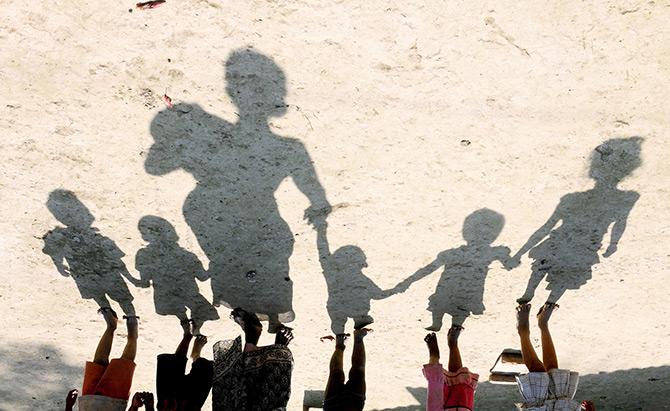
Negotiations on the Post-2015 Development Agenda rightly continued the open, transparent and inclusive practice of the deliberations on the Sustainable Development Goals, which involved all stakeholders including civil society, scientific and knowledge institutions, parliaments, local authorities and the private sector. After the SDGs were adopted by the UN General Assembly, the hard work of putting together the bones and meat of the agenda was almost complete. There was one crucial element that needed more work: the means of implementation, and a global partnership to drive the transformative change, enabled by financing, technology facilitation and capacity-building. This is the heart and soul of the agenda.
The cost per year to transition to sustainable development, as estimated by the 2014 UN World Investment Report, is in the range of $3.3 trillion to $4.5 trillion. That is roughly $37.5 trillion between now and 2030 to expand and maintain basic infrastructure (roads, rail lines and ports, water and sanitation), achieve food security (raising agricultural output and reducing poverty) and implement climate change mitigation and adaptation, as well as for health and education.
At the core of the means of implementation is the question of who assumes the costs of the transition, and how are these costs assumed?
Getting down to the real work of finding the answers was not an easy task. It did not help that the political atmosphere was not truly conducive to putting together the essential elements of the means of implementation and global partnership. Developed countries were still nursing their financial and economic wounds from the global financial debacle of 2008. However, developing countries were not going to accept a repeat of the failure of the eight Millennium Development Goals, even if there was stiff resistance to discussing the related program.







%20resized.png)
